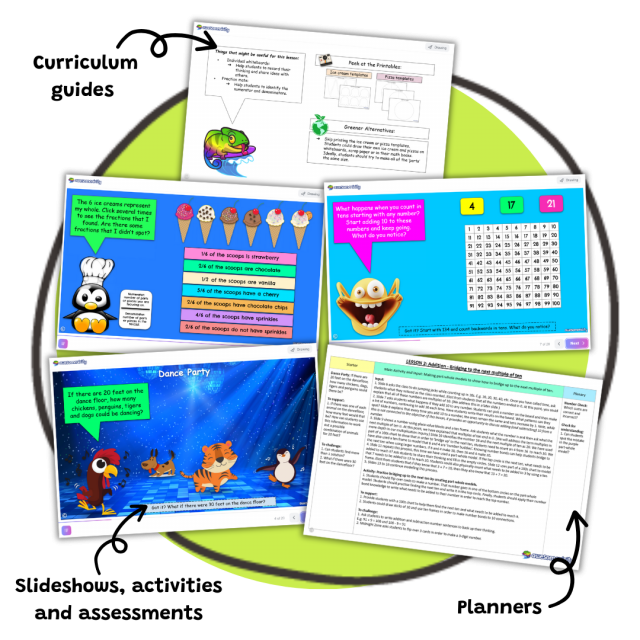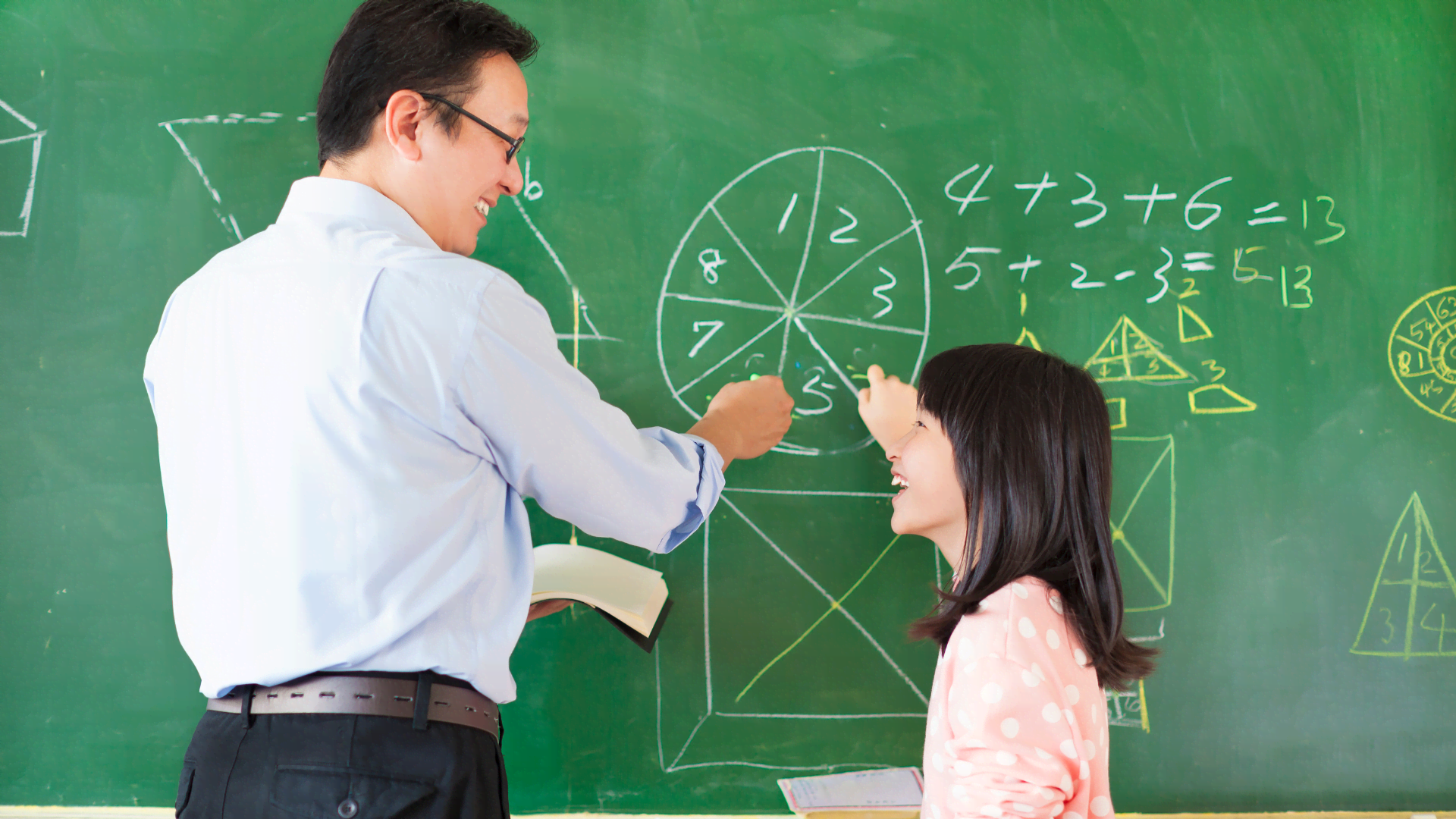Walk into almost any primary classroom and you’ll see it. One child stares at a blank page, paralysed. Another scribbles answers as fast as possible, desperate to be done. A hand shoots up: “Miss, can I go sharpen my pencil?” (again). On the surface, it looks like avoidance or misbehaviour. But look closer and you’ll often find something deeper… maths anxiety.

Every child deserves to feel good about maths
Maths anxiety isn’t about ability. In fact, research shows that 77% of children with high maths anxiety are average to high achievers. What holds them back isn’t knowledge, it’s fear.
Fear of getting it wrong.
Fear of being put on the spot.
Fear of not being “a maths person.”
And the cost is high. Anxiety disrupts working memory, blocks recall, and can turn a child’s attitude to maths from playful curiosity into dread. Left unchecked, it snowballs into disengagement at secondary school, reduced exam choices and even closed doors to future careers.
Why it matters for teachers
Teachers feel this too. Lessons get tense and differentiation feels impossible. The pressure to push through content means it’s safer to fall back on worksheets, drills, or apps, even when we know they don’t build true understanding.
It’s not a lack of care or skill. It’s the weight of expectation. Too often, both students and teachers end up carrying maths anxiety into the classroom.
A different way forward
This is why Awesomenicity was created.
Awesomenicity is made up of international educators who’ve taught in classrooms from Mozambique to Malawi, Prague to Perth. They saw the same patterns everywhere… bright children shutting down, teachers stretched thin and a subject too often taught for speed instead of deepened thinking.

So, they decided to build something different. Not another worksheet bank. Not another “fast recall” app, but a complete primary maths resource designed to reduce anxiety and build confidence.
Here’s how:
- Multiple entry points. Every activity comes in Sunlight, Twilight, and Midnight zones, so learners can choose their own challenge without shame.
- Concrete, visual, abstract. Students explore with manipulatives and visuals before moving to symbols, making tricky concepts less intimidating.
- Inquiry and discussion. Lessons start with open-ended prompts that encourage conversation, not panic.
- Games and puzzles. Code-crackers, mysteries, and escape rooms turn practice into play, building fluency in a low-stakes way.
- Teacher support built in. Every lesson doubles as CPD, modelling questioning strategies and inclusive pedagogy you can use anywhere.
- Informed by UDL. Remove barriers and give all students ways to engage, learn and show what they know.
The result? Classrooms where maths feels safe, curiosity returns and both teachers and students grow in confidence together.

Why now?
Maths anxiety isn’t new. But it is urgent. Studies estimate that one in five pupils worldwide experience it and it’s showing up younger, often by the time children reach upper primary.
That’s the moment when children are deciding if they’re “a maths person” or not. It’s also the moment when teachers can intervene, break the cycle and help students carry confidence, not fear into the future.
Maths should never be a source of dread. It should be discovery, discussion and delight.
With Awesomenicity, students can turn “I can’t” into “I get it.” And when that shift happens, it changes everything. Lessons feel lighter, classrooms buzz with energy and children see themselves as capable mathematicians.
Because every child deserves to feel good about maths.
👉 Curious to see how it works?




